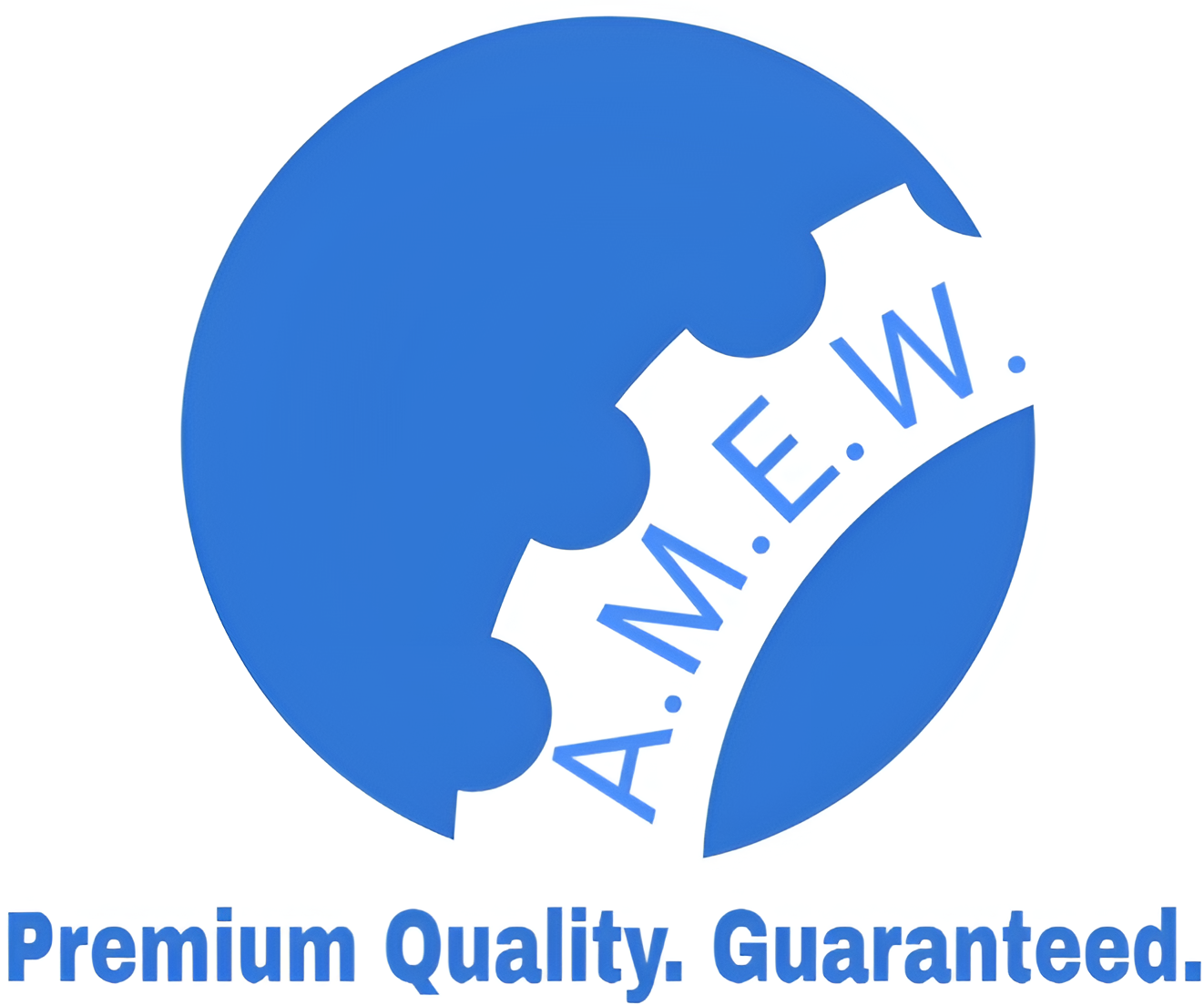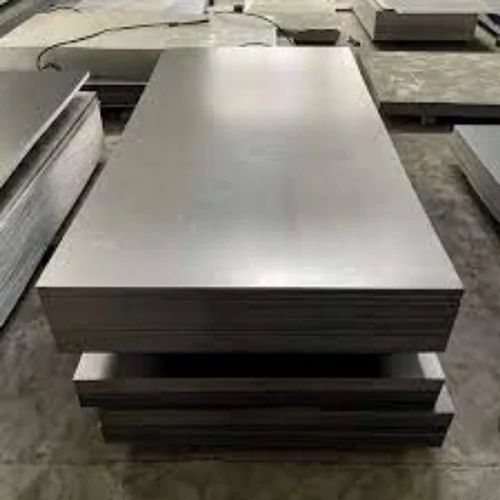Description
S460NL Steel: Overview and Applications
Table of Contents
- Introduction to S460NL Steel
- Chemical Composition
- Mechanical Properties
- Applications of S460NL Steel
- Comparison with Other Steel Grades
- Manufacturing and Fabrication
- Advantages and Disadvantages
- Conclusion
1. Introduction to S460NL Steel
S460NL is a hot-rolled, medium tensile, low carbon manganese steel known for its excellent weldability and good impact resistance, even in sub-zero temperatures. This grade is particularly valuable in industries requiring robust structural performance under challenging conditions. It is typically supplied in untreated or normalized conditions, offering flexibility for various engineering applications. Additionally, S460NL is available in several variations, identified by different letters and/or digits, allowing for tailored chemical compositions and mechanical properties to meet specific project needs.
2. Chemical Composition
The chemical composition of S460NL contributes significantly to its strength and versatility. Typical elements include:
| Element | Typical Composition |
|---|---|
| Carbon (C) | ≤ 0.20% |
| Manganese (Mn) | 1.0% – 1.5% |
| Silicon (Si) | ≤ 0.50% |
| Phosphorus (P) | ≤ 0.035% |
| Sulfur (S) | ≤ 0.015% |
| Nitrogen (N) | ≤ 0.012% |
| Iron (Fe) | Balance |
This composition enhances the material’s strength, toughness, and weldability, making it suitable for high-performance applications.
3. Mechanical Properties
S460NL exhibits impressive mechanical properties that make it ideal for various structural applications:
| Property | Value |
|---|---|
| Yield Strength | 460 MPa |
| Tensile Strength | 540 – 680 MPa |
| Elongation (min) | 18% – 22% |
| Impact Toughness | ≥ 27 J at -40°C |
| Hardness | Typically ≤ 200 HBW |
These properties ensure that S460NL can withstand significant loads and stresses, maintaining structural integrity even in demanding environments.
4. Applications of S460NL Steel
S460NL is widely used across various industries due to its strength and versatility. Typical applications include:
- Construction: Ideal for beams, columns, and frameworks in commercial and residential buildings.
- Engineering: Employed in diverse engineering projects requiring high strength and durability.
- Yellow Goods: Utilized in heavy machinery, such as excavators and bulldozers.
- Tanks: Suitable for the construction of storage tanks and vessels.
- Rail: Used in railway construction and infrastructure projects.
- Bridge Components: Essential for creating robust and reliable bridge structures.
- Energy Sector: Employed in wind turbines, oil rigs, and other energy-related applications.
- Heavy Equipment: Ideal for components of heavy machinery and equipment.
- Welded and Architectural Structures: Perfect for complex welded designs in architecture.
- Highly-Stressed Structural Applications: Used in applications where high load-bearing capacity is essential.
The extensive application range demonstrates the importance of S460NL in modern construction and engineering.
5. Comparison with Other Steel Grades
When comparing S460NL with other steel grades, its balance of strength, toughness, and weldability becomes apparent:
| Steel Type | Yield Strength (MPa) | Applications |
|---|---|---|
| S460NL | 460 | Heavy construction, bridges, tanks |
| S355J2 | 355 | General construction and engineering |
| S690QL | 690 | High-strength applications |
| S275JR | 275 | Light construction |
S460NL stands out for its high performance in structural applications where safety and reliability are critical.
6. Manufacturing and Fabrication
The manufacturing process for S460NL involves hot rolling, which enhances its mechanical properties while allowing for various fabrication methods, including welding and machining. Its good weldability enables the use of standard welding techniques, making it suitable for complex designs and structures. Careful consideration of heat treatment processes is essential to ensure optimal performance in the final application.
7. Advantages and Disadvantages
Advantages
- High Strength and Toughness: Suitable for demanding structural applications.
- Excellent Weldability: Facilitates easy fabrication and assembly.
- Good Impact Resistance: Maintains performance in low-temperature conditions.
Disadvantages
- Cost: May be more expensive compared to lower-strength steels.
- Machinability: While similar to mild steel, special considerations may be required for precision machining.






